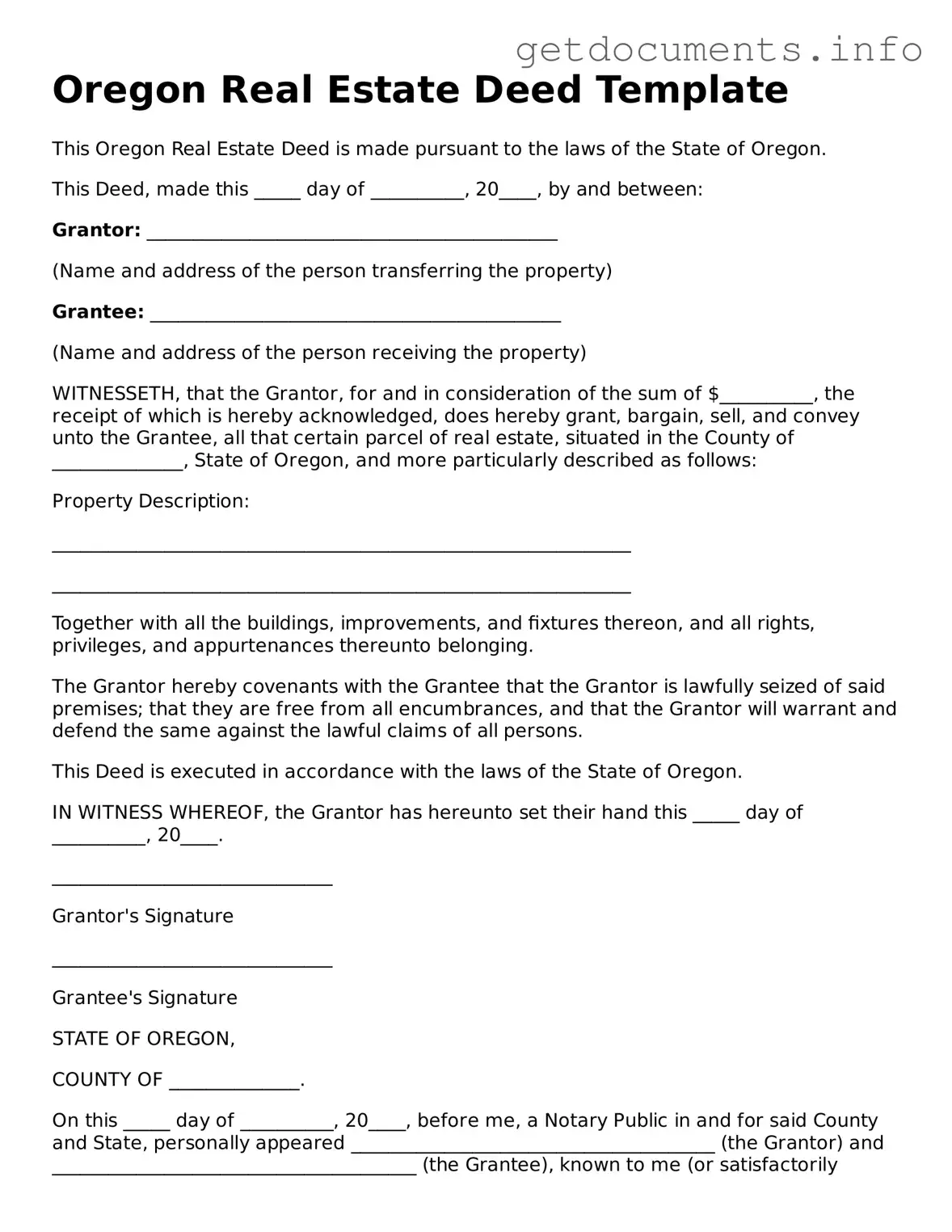Virginia Quit Claim Deed Form
- Some deeds can include payment terms or sale conditions.
Missouri Deed Transfer
- Essential for formalizing real estate transactions.
Utah Deed Forms
- Different states may have unique deed formats.
When entering into a horse sale, it is essential for both parties to rely on a comprehensive legal document to avoid disputes and ensure a smooth transaction. A Colorado Horse Bill of Sale form serves this purpose effectively, outlining the details of the horse being sold and the terms of the agreement. Buyers and sellers can find peace of mind knowing that they have a clear record of ownership transfer, enhancing their legal standing. For more information on proper documentation, visit All Colorado Forms.
Warranty Deed Form Idaho
- Understanding the nuances of different Deed types is important in real estate.
